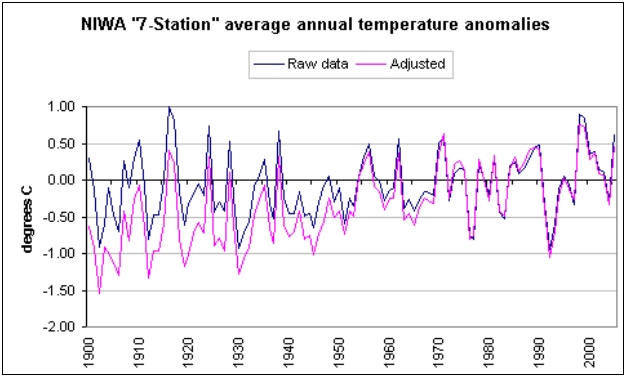
A couple of days ago, I had a fun conversation with a student regarding astrophysics. He seemed very well-informed on the subject, so I begin using some physics “slang” to help move the conversation along. The student picked up on most of the references, but then we began discussing the cosmological principle, which is an assumption upon which the Big Bang model (and many other models of the universe) depends. It essentially states:
Viewed on a large enough scale, the properties of the universe are the same no matter where you are
The student was aware that most observations have never supported the cosmological principle, but he brought up the Cosmic Microwave Background (CMB), which he seemed to think supports it. I countered by mentioning the “Axis of Evil,” and he seemed to think I was joking. I was surprised that he didn’t get the reference, so I explained it to him. He was shocked that he hadn’t heard of it before, so he suggested that I write a blog post about it.
To understand the “Axis of Evil,” you first have to understand the CMB. When astrophysicists were working on the Big Bang model of the universe, which essentially says that the universe “exploded” into being from nothing, they realized that such an “explosion” would leave behind a signature: microwaves that appear from everywhere in the universe. The predicted details of these microwaves varied from paper to paper, but regardless of the details, everyone agreed that if the Big Bang happened, there should be a “background” of microwaves found everywhere in the universe. That’s what became known as the CMB.



